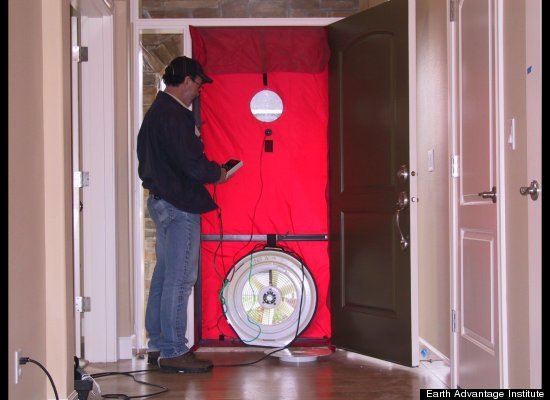The Earth Advantage Institute is a non-profit organization dedicated to working with developers and builders who construct green homes. Their goal is to merge energy efficiency with building in the US. The organization has been instrumental in certifying over 12,000 houses as green, energy efficient homes. They have compiled a list of 10 green building trends that they believe will flourish during the course of 2012.
These trends come in many varieties, from multi-family building booms to innovative home energy-friendly technologies. They are based on many discussions that took place during the end of 2011 between a diverse group of audiences. Some of those involved include: homeowners, policymakers, mortgage lenders, builders, real estate appraisers, developers, realty brokers and architects.
The Earth Advantage Institute executive director is Sean Penrith. He says that even though the economy has been a bit shaky for most builders who construct new homes, there’s still been great surge in homeowner interest in home energy improvements and management. He’s noticed that the remodelers and builders who have incorporated going green into their policies have been pretty successful.
Here are their ten 2012 green trends predictions. They are listed as a countdown. The lists, captions and photos are all the courtesy of Earth Advantage Institute.
Contents
High-Performance, Smart Grid Homes
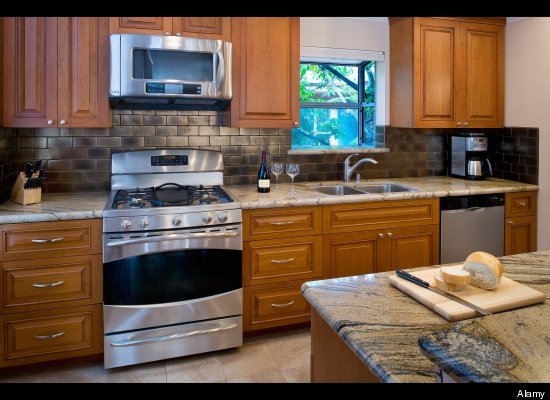
Smart Grid News reports that cooling and heating systems, hair dryers, refrigerators, electronics and other household appliances consume 60-90 percent of the energy used in US residents. The numbers vary based on which report you read. But, many of these appliances are being manufactured to be “grid-aware”, which gives them the ability to report their own usage amounts based on constant monitoring. The amount of electricity they use can be increased or decreased using remote commands.
Easy-to-Use Home Energy Tracking Devices
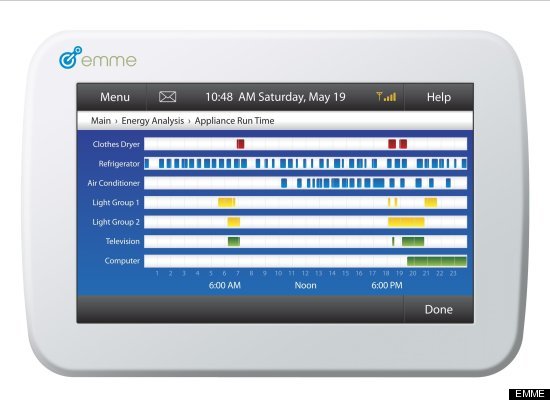
New Materials Testing Deployment
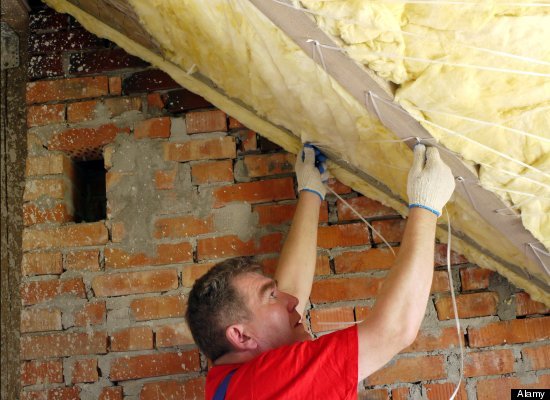
Many innovative builders and architects are jumping on the bandwagon to try new types of energy-efficient systems and building materials. But, these new products require high amounts of testing. This is the only way to ensure that the benefits of these materials will last as long as the life of the buildings they are installed in. This will help to save the homeowners money while also avoiding litigation cases. That’s why researchers are conducting tests in universities and national labs who have partnered with builders. The purposes of these partnerships is to create testing beds and sensor-filled buildings so that energy performance can be logged. This will ensure the quality of the new equipment and materials used by the builders.
The engineering department at Portland State University also joined in partnership with a local Portland builder. Together, they will measure insulation materials, their phases changes and the effects in a duplex home. At the same time, Lawrence Berkeley National Laboratories is in the process of constructing their own testing bed which will track new equipment and materials performance.
Energy Upgrades in Home Remodeling
Remodelers and builders are realizing the changes in consumers preferences when it comes to home sizes and reducing electric bills. They’ve been smart enough to on these changes in order to incorporate them in their remodels jobs and home upgrades. Many have made the switch into energy auditing in the residential markets by expanding the services they offer in the industry. Larger builders and remodeling companies have even created new, separate groups who concentrate primarily on these functions. The demand continues to increase across the US. This is leasing to much more business for these companies in the energy improvement market. By adding energy-efficient trends to their list of skills, remodelers are gaining more remodeling leads in today’s housing market.
Green Multi-Family Homes
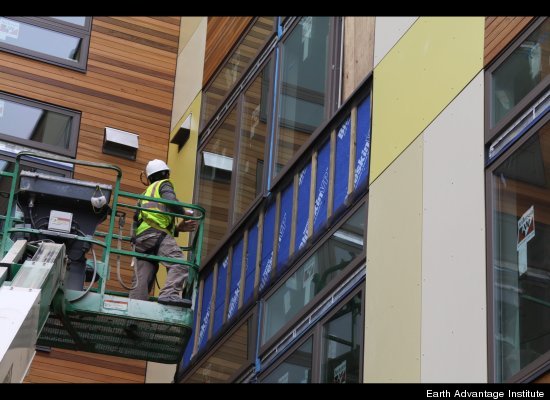
Urban density has become a trend in the US housing industry. As a result, there has been a major increase in multi-family building certifications across the country. This has also caused an increase in the need for energy-efficient savings, as multi-family property means more residents using more energy. This interest has increased this need in building operators and owners mostly due to the fact that there was a 17 percent increase in multifamily homes in 2011. Therefore, in 2012, expect to see even more multifamily home certifications, even more so in progressive regions in the US.


